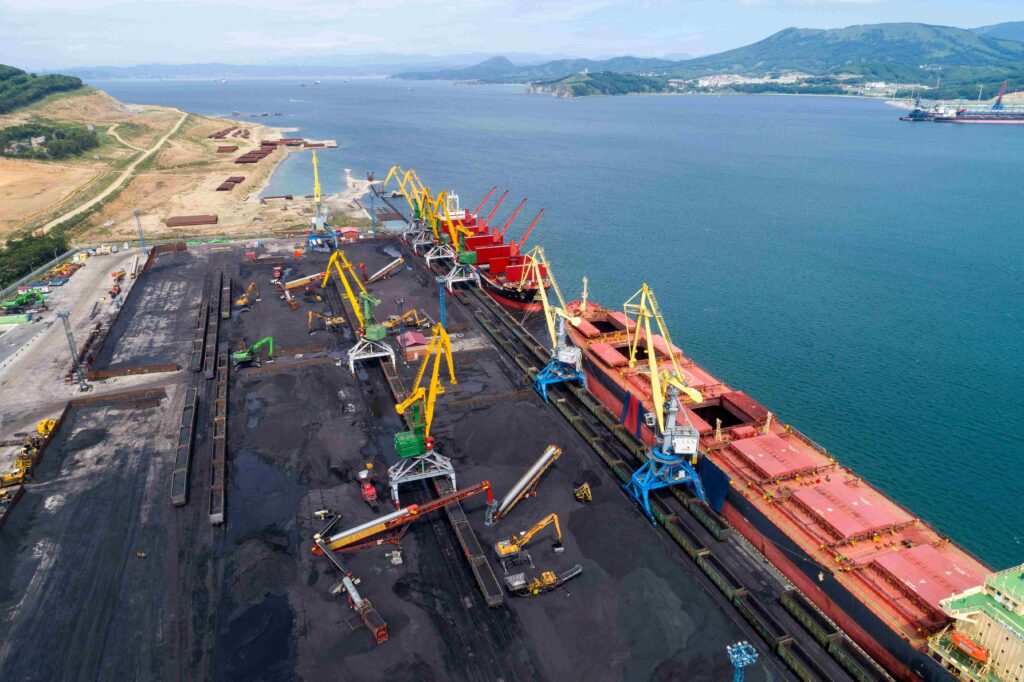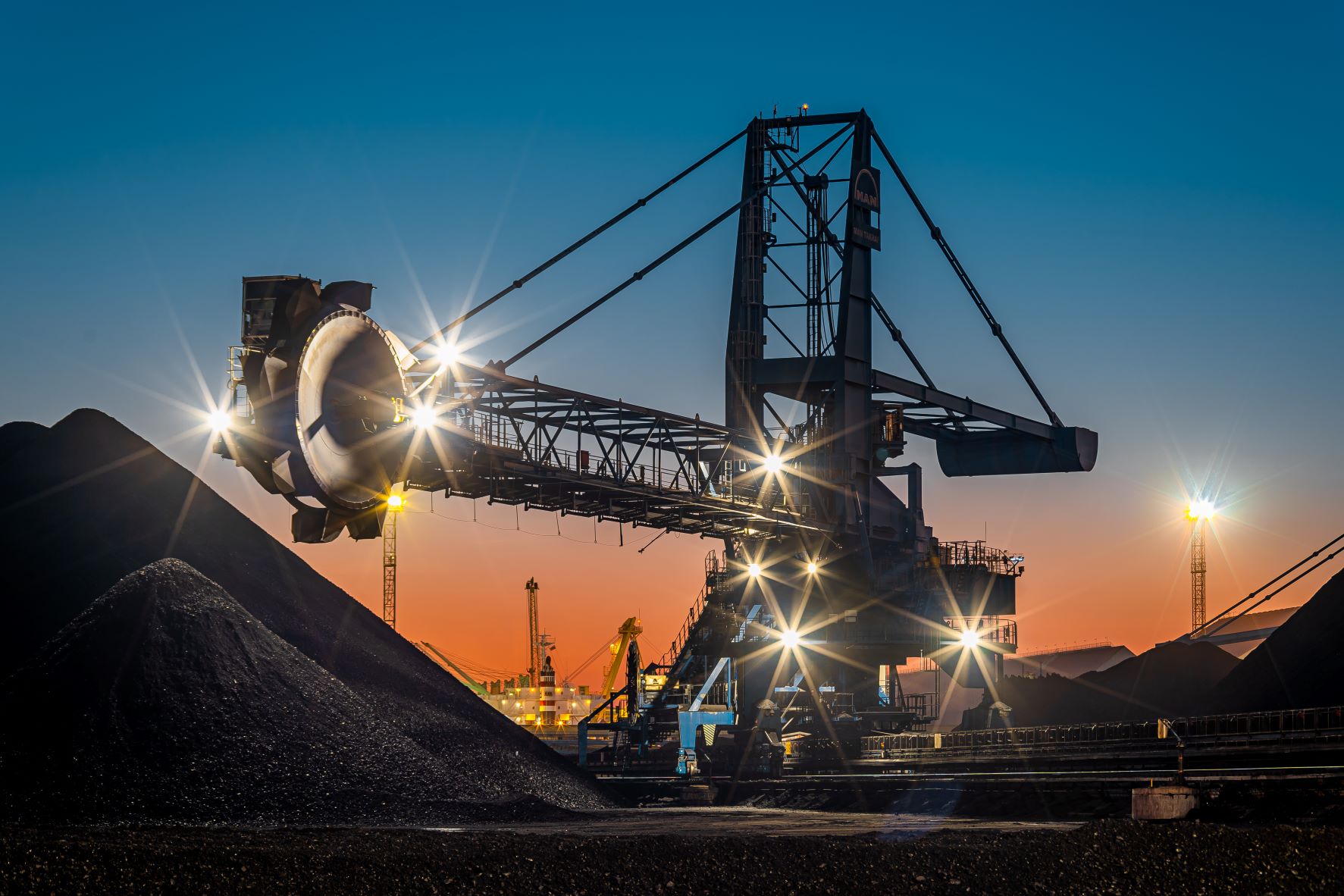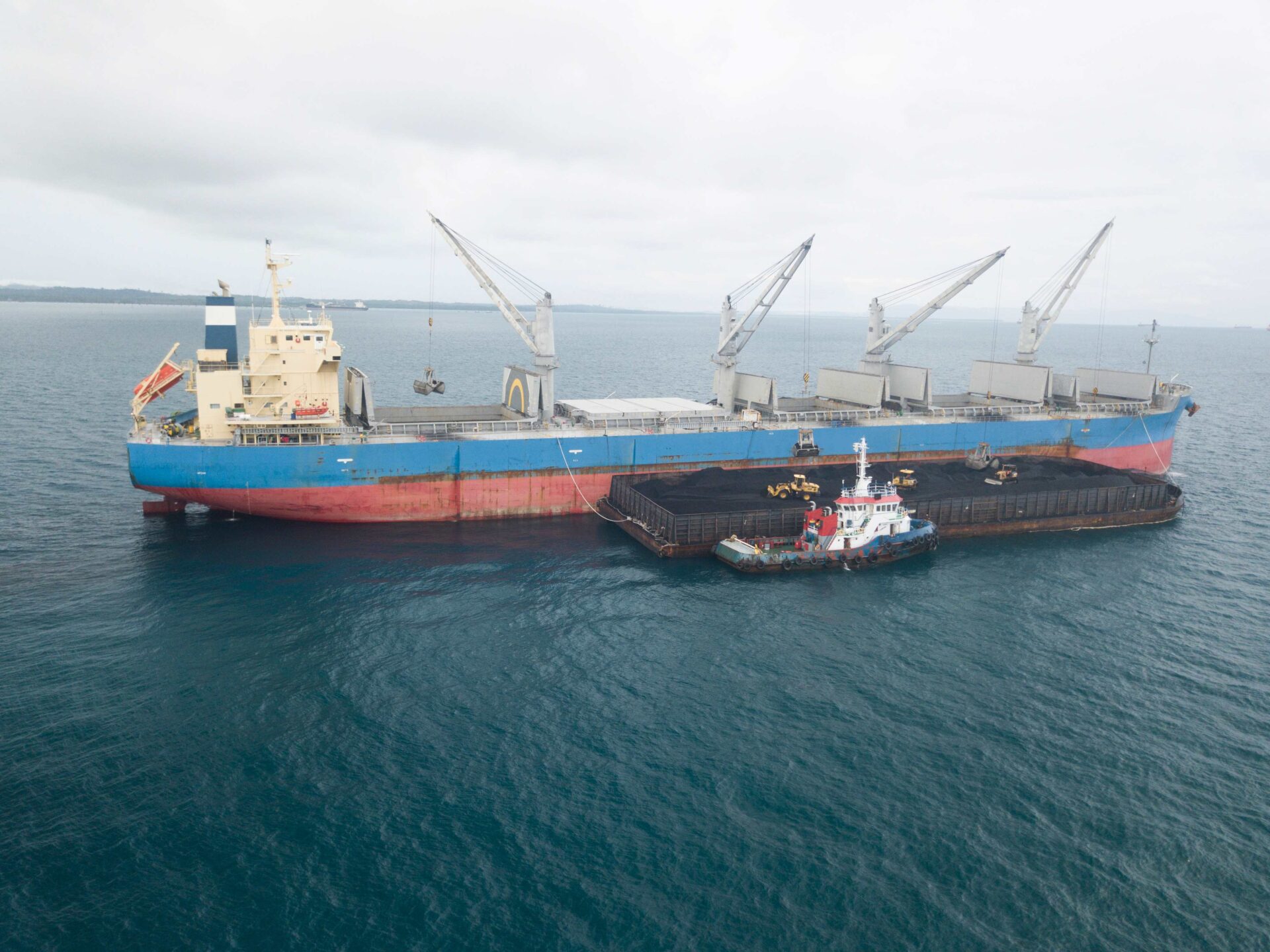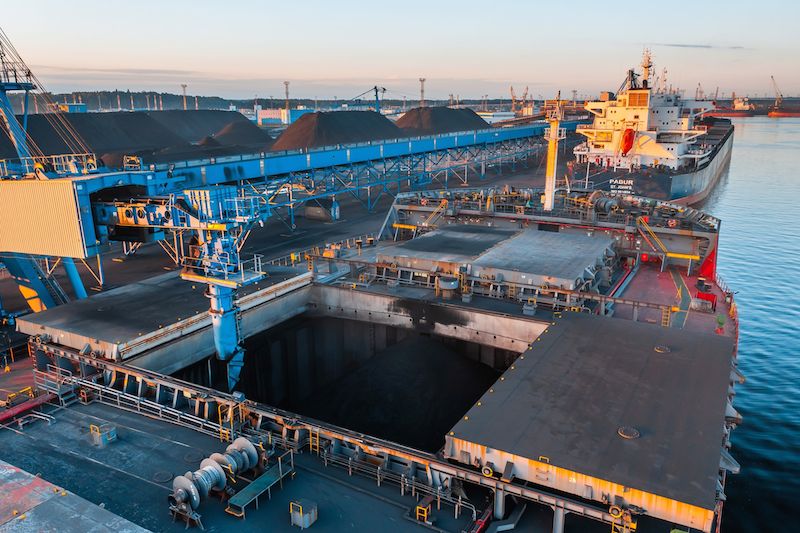

Over the past week, thermal coal prices on the European market adjusted below 140 USD/t after a rise a week earlier amid volatility and mixed movement of gas and oil quotations, resulting from diplomatic efforts aimed at de-escalation of the Middle East conflict.
Gas prices at the TTF hub rose to 554 USD/1,000m3 (+12 USD/1,000m3 w-o-w) on lower Norwegian supplies and concerns over risks of disruptions to LNG deliveries from Middle East.
Coal stocks at ARA terminals climbed to 6.8 mio t (+0.1 mio t w-o-w).
South African High-CV 6,000 fell below 130 USD/t, due to a general decline in EU energy market and limited demand from India.
The South African authorities are considering the option of permitting private investments in the country’s railroad infrastructure by mid-2024 to solve issues, that the Transnet operator can’t cope with. Over the past 2 months, the cost of transporting coal by truck to export terminals jumped by almost 50%, driven by rising diesel and labor costs. However, exporters have no alternatives and are forced to pay. The average tariff for shipping coal from Mpumalanga province to Richards Bay bulk terminals has recently totaled 47-50 USD/t, compared to 34 USD/t in early August.
In China, spot prices for 5,500 NAR coal at the port of Qinhuangdao corrected downward by 1 USD/t to 141 USD/t. Pressure on Chinese quotes was exerted by higher production and stockpiles in the country’s seaports, as well as reduced consumption in the energy sector and coal chemistry. The increase in supply is supported by the resumption of operation of the Daqin railway line after maintenance as well as the appeal of the authorities to the largest companies with an instruction to ramp up coal extraction to provide sufficient reserves ahead of winter.
Shenhua Energy announced a new round of price cuts, which had a negative impact on the spot market. In many regions, the decline ranged from 0.7 USD/t to 2.8 USD/t, with miners expecting further cuts. In addition, the National Climate Center of China reported a possible rise in average temperatures in November, that could lead to a reduction in coal consumption.
Inventories at Qinhuangdao port went up from 5.0 mio t to 5.6 mio t, while total stocks at 9 largest ports rose to 26.3 mio t (+1.7 mio t w-o-w).
Indonesian 5,900 GAR strengthened to 99 USD/t (+1 USD/t). Indices continue to improve despite weakening demand from China because of the lower water levels in Central and East Kalimantan, affecting coal deliveries to ports by river barges. Support was also provided by delays in approving applications to raise mining quotas for Indonesian coal mining companies and a technical glitch in the government’s sales verification service.
Australian High-CV 6,000 plunged below 130 USD/t on reduced demand from China and India, which are showing an increase in consumption of their domestic material.
Australian HCC metallurgical coal surged above 345 USD/t, after a recent correction, following stable demand from Indian consumers and limited supply on the spot market. Anglo American’s metallurgical coal production in Queensland, Australia fell 21% in July-September to 4.3 mio t (-1.2 mio t y-o-y), although production guidance for 2023 was maintained at 16-19 mio t. South32 also reported a drop in coal extraction.
Source: CAA













